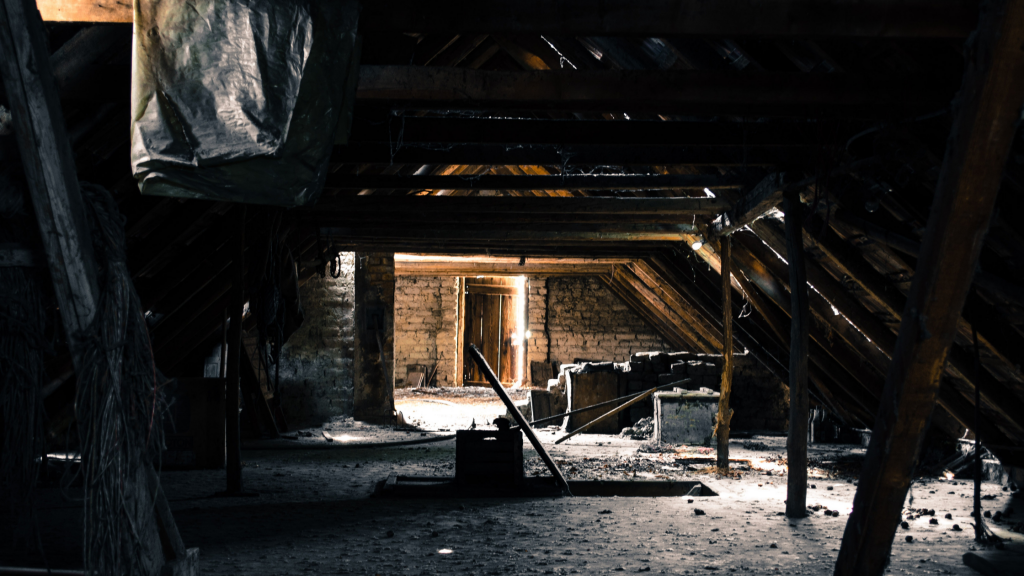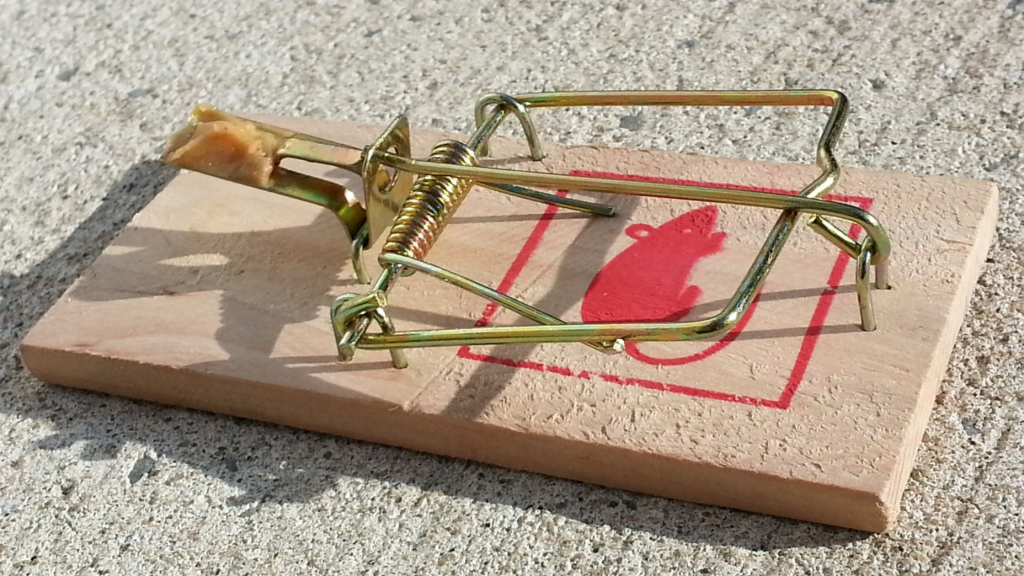Written by TJ Calles
Picture this: It’s early in the morning, you’re getting ready for work and you go downstairs to make some coffee and hear a strange scratching sound coming from your walls. You wonder if you should hire a professional mice extermination service. The sound can be unsettling and make you wonder if you have a ghost in your house; but the sounds you hear are clues that a tiny, new houseguest might actually be to blame. Mice can be clever little creatures and getting rid of them completely takes consistency and vigilance. With the help of ProActive Pest Management, any mouse can be evicted!
Where They Nest
Outdoors, mice make their nests under shrubbery, tall grass, or dense underbrush. Inside, they prefer enclosed, quiet spaces. They also prefer cluttered spaces, which allows them to make nests within areas they can easily hide. Mice thrive in areas with voids such as inside walls, underneath floor cabinets and kitchen appliances, or inside false ceilings. Finished basements have drywall, insulation, and drop ceilings which attract a lot of activity, as opposed to unfinished basements which are more exposed. Older homes tend to have more mice issues than newer homes.
How They Enter
A compromise in structural integrity creates conducive conditions for mice. (Say that 5 times, fast.) The most common times people notice mice activity is at the beginning or end of a season. As the seasons change and the temperature rises and drops, the home undergoes expansion and contraction, causing new entry points for mice to get in. Additionally, certain architecture leaves more entry points available for mice, such as exposed cinder blocks which are often found in garages.
A mouse can fit within a gap the size of a dime, so maintenance is key to keep them from making a permanent home in your residence. Mice typically enter through the basement, usually at the top of a stem wall where conduit breaches the structure.
They get behind insulation and follow water lines to other areas of the home such as the kitchen or bathroom. They can also enter into forced cold air return ducts in basements because contractors don’t usually seal them off. Because of this, it causes basement negative pressure (pressure on the inside is lower than the pressure on the outside of the house). Then when the furnace is turned on, the basement sucks air through the small exterior basement wall penetrations at the AC suction lines, gas lines, and electric lines. Mice are attracted to these small air currents, which is why an increase in activity during colder months is common.
When They’re Active

People typically notice mice when it starts to get colder outside while they’re searching for warmth. They’re nocturnal so they’re most active between dusk and dawn and they don’t like bright lights. This can make it hard for homeowners to know when mice are in the home, because they are most active when they’re sleeping. When searching for food, mice like to stay near their nests if possible. If you see a mouse, there’s usually a nest nearby unless they’re foraging outdoors. Mice reproduce rapidly. One mouse can produce 10 litters with 10 mice in each, per year. Babies can produce their own litters at 2 months old.
Mice Or Something Else?
Oftentimes, people will assume they have mice when it’s a different issue. A mouse can be heard when you hear tiny scratching sounds. If you are hearing what sounds like a track meet is going on in your attic and it’s during the day, it is likely squirrels. Scratching sounds at night can also be attributed to bats, but it’s also accompanied by squeaking sounds. Birds will make scratching sounds as well, but chirping can also be heard, along with clawing and banging. The louder the noise, the bigger the animal.

Another way to identify the culprit is by examining the messes they leave behind. Mice will tend to leave behind ripped up insulation or paper, which they use to make their nests. Their droppings are tiny, usually under a quarter inch in length, and they resemble brown grains of rice.
Treatment & Prevention

There is no quick or permanent fix for mice. Because interior activity depends on conducive conditions, the best thing to do is keep clutter to a minimum and monitor the foundation and interior each season for new entry points. At ProActive Pest Management, we examine the exterior of homes for possible entry points during quarterly services. Our winter pest prevention service includes an interior mouse inspection for signs of current activity and conducive conditions for mice. Interior service for mice is available with our general pest services and is a 3 step process:
- Inspection
- Baiting
- Exclusion
Because mice reproduce at a rapid rate, it’s crucial to ensure that all mice interact with the bait. And because some mice are smarter than other mice, sometimes it can take longer for them to trust the bait. We also offer an exterior mouse maintenance program, for older homes with entry points that cannot be sealed. We will place exterior bait stations and return every other month to refill them.
Choose the ProActive Mouse Extermination Service
Whichever service fits your needs best includes a guarantee of results. We understand how frustrating having mice in your home can be – they carry diseases and can destroy your property, Don’t be miserable over mice anymore! Call us for a quote or more education at (630) 451-8101. Together, we can eliminate that which goes bump in the night!
